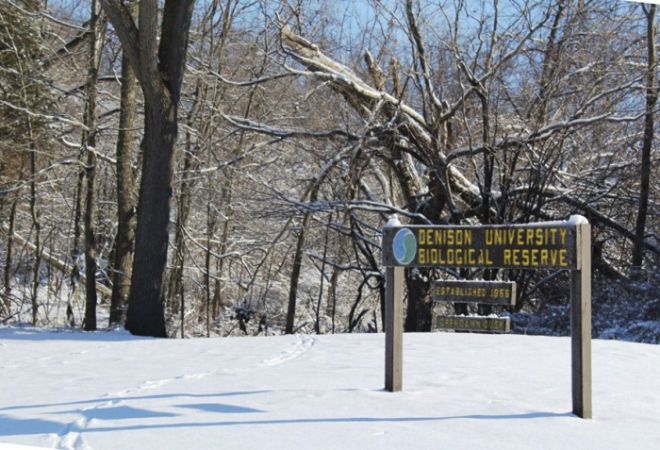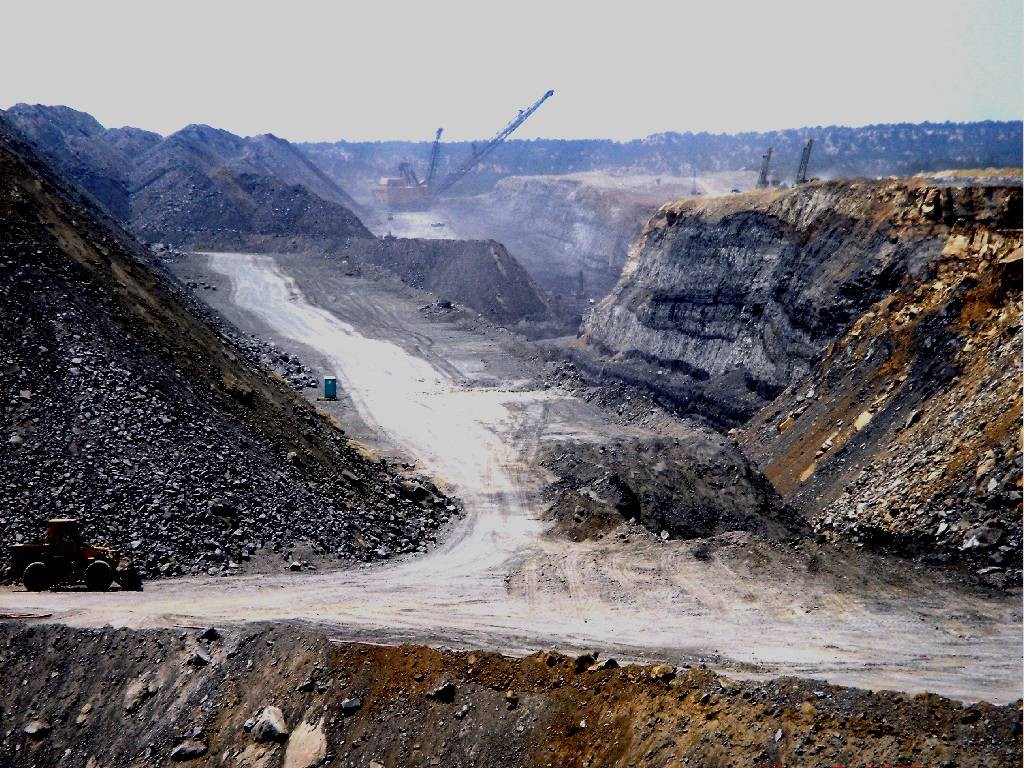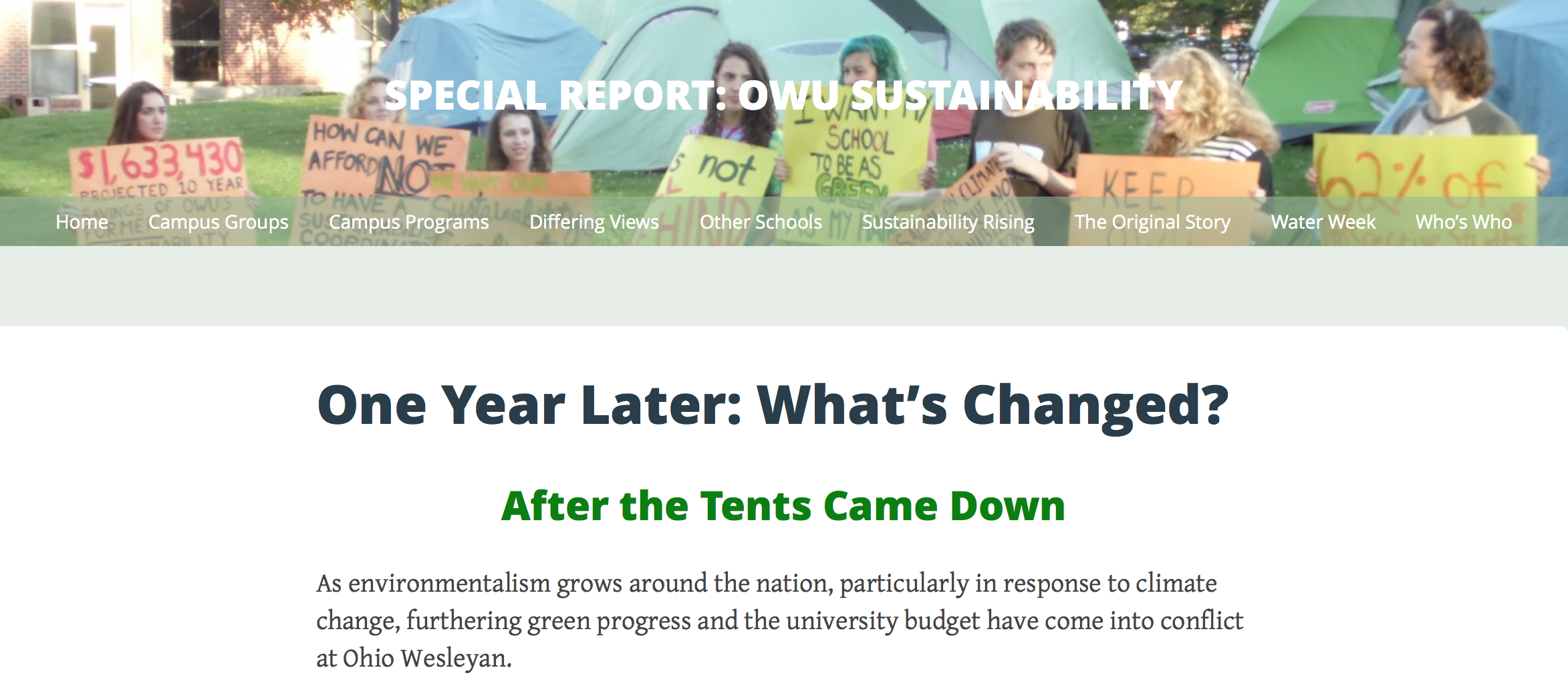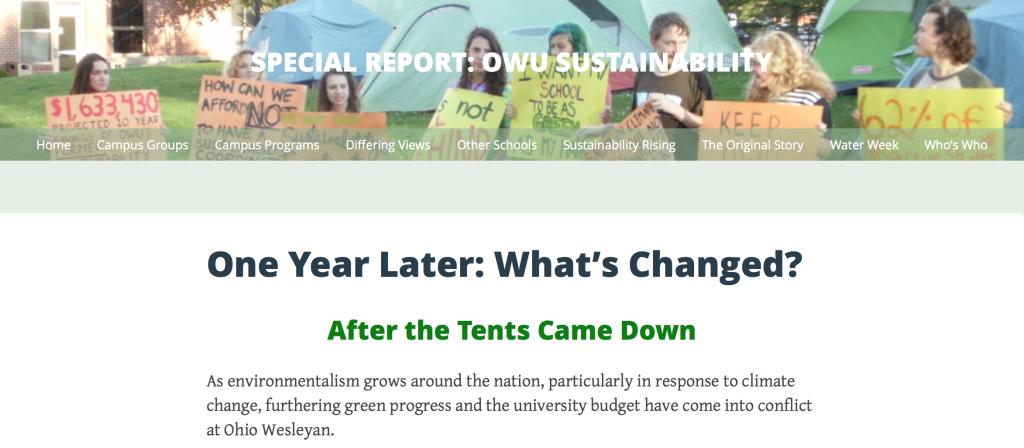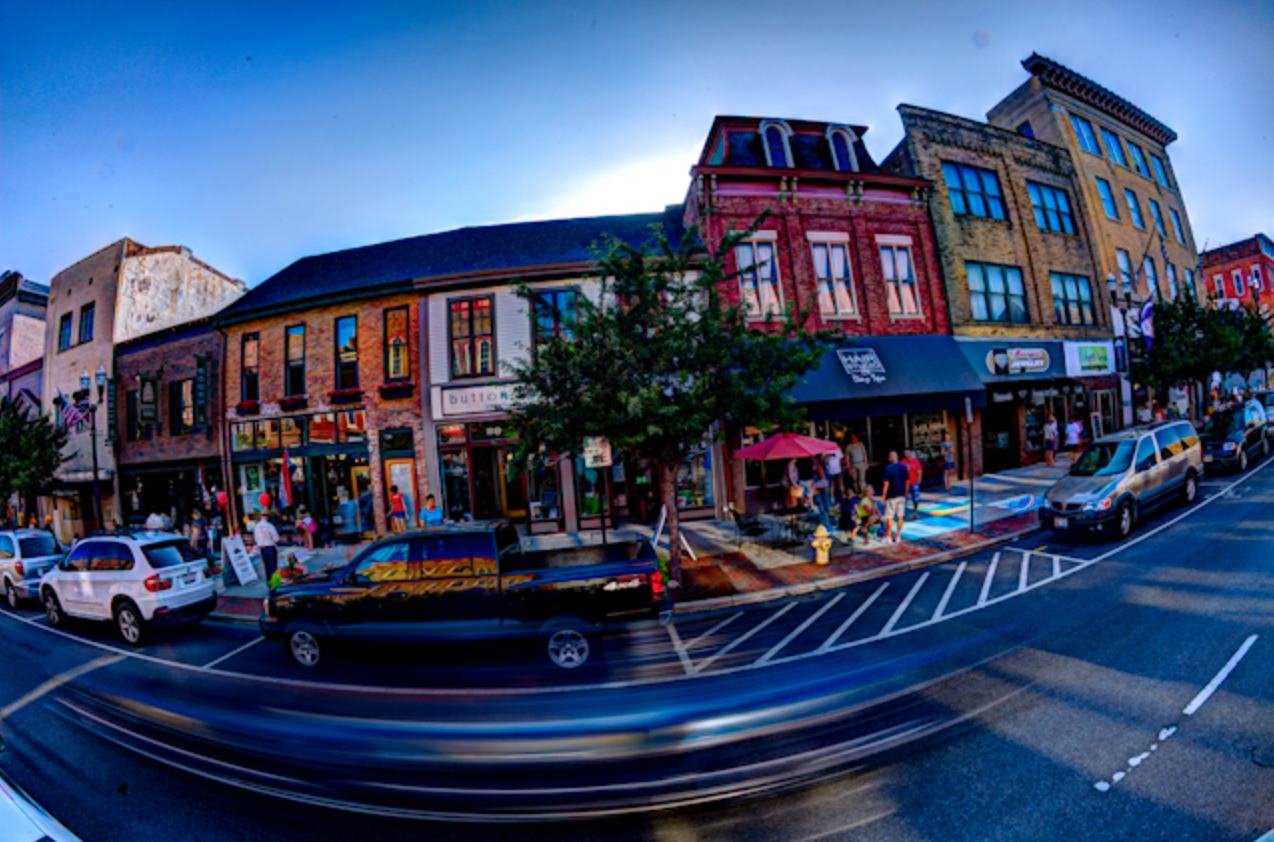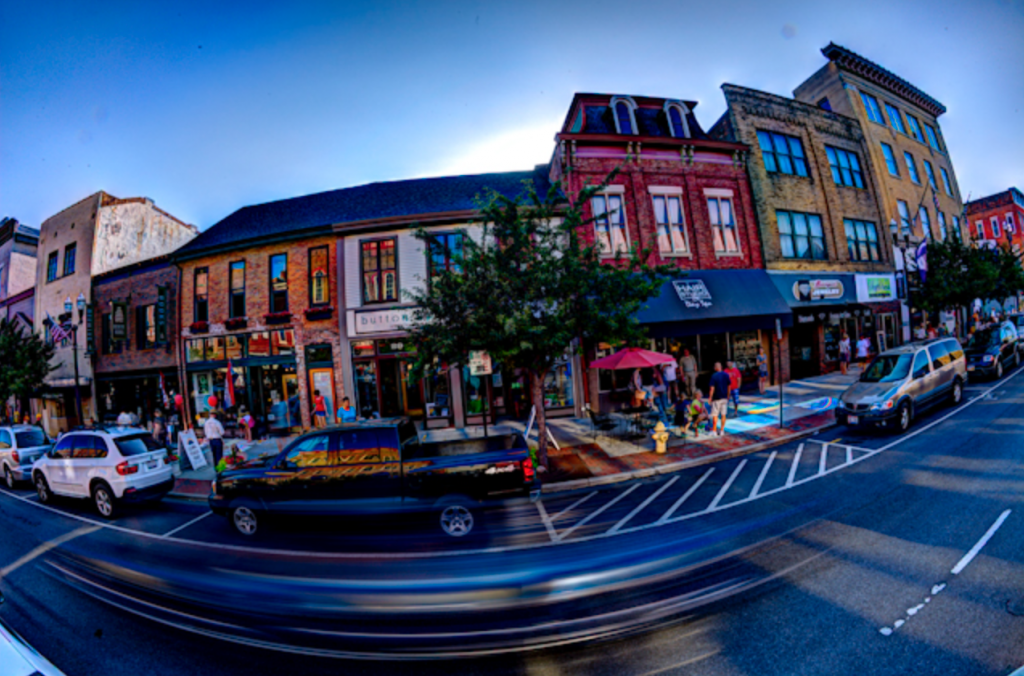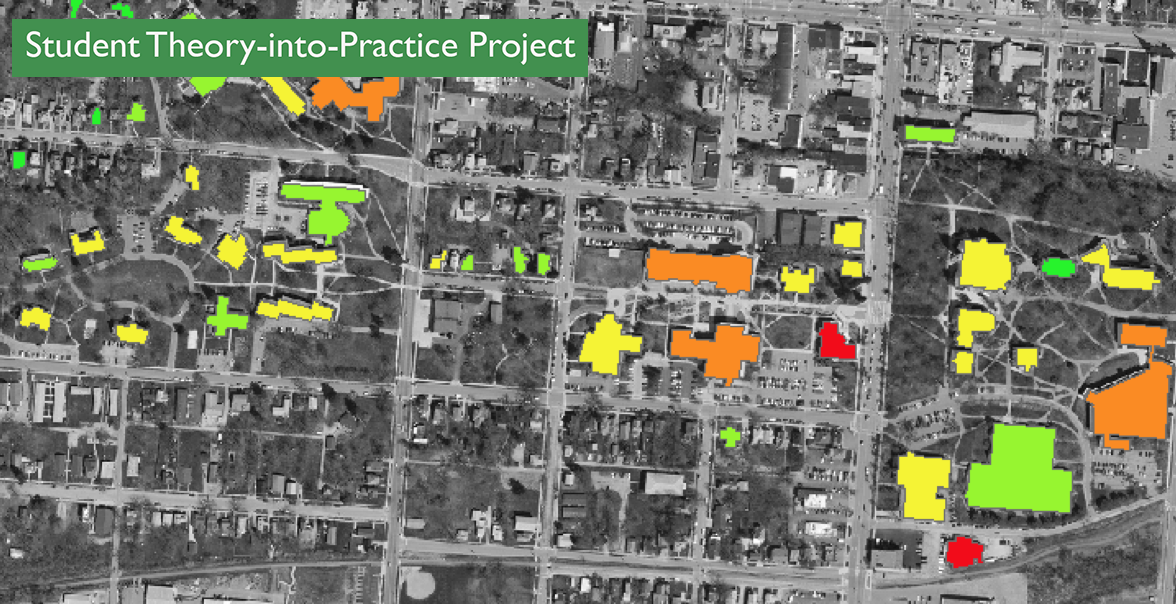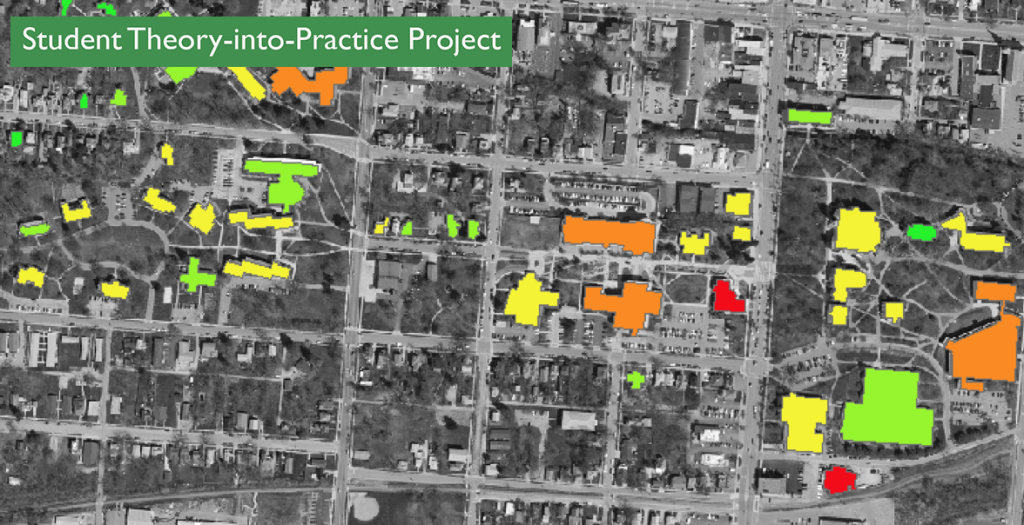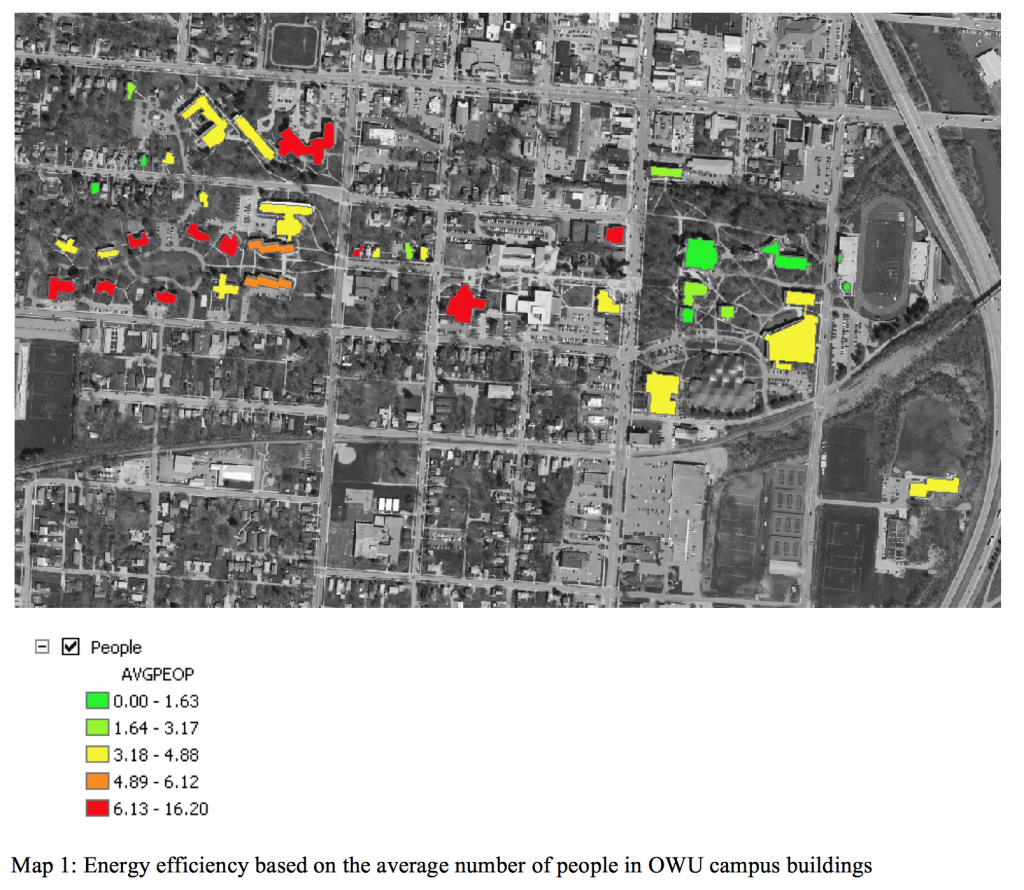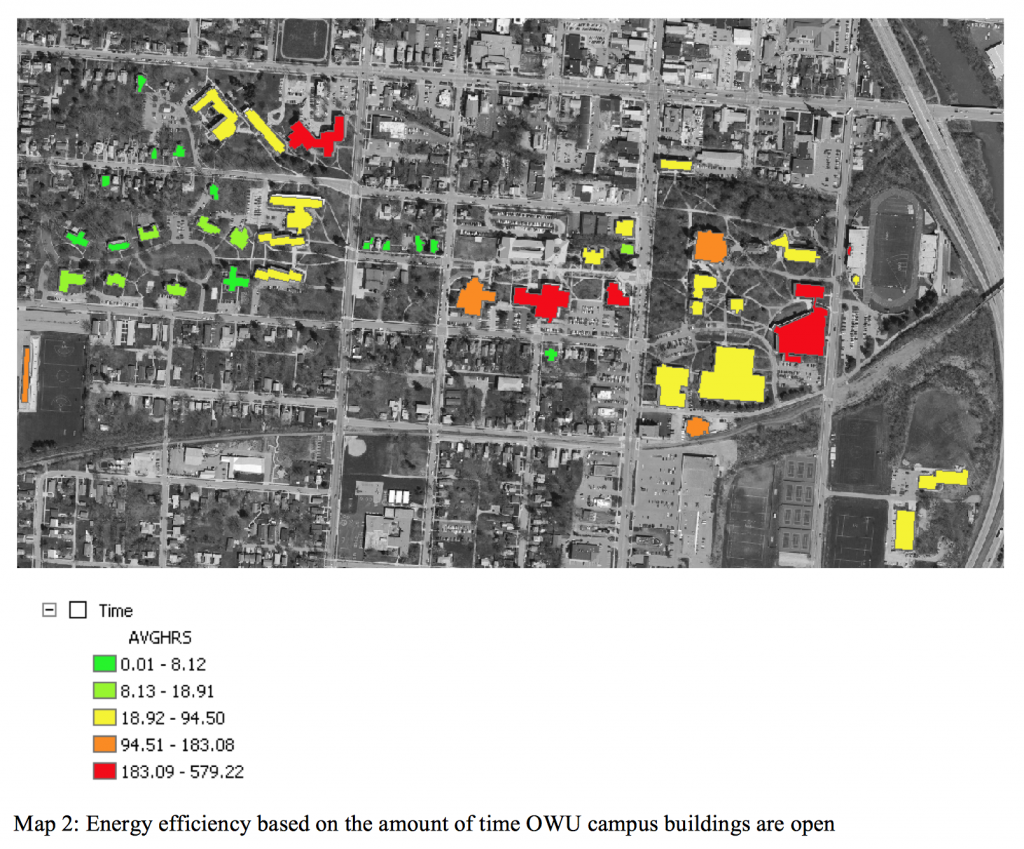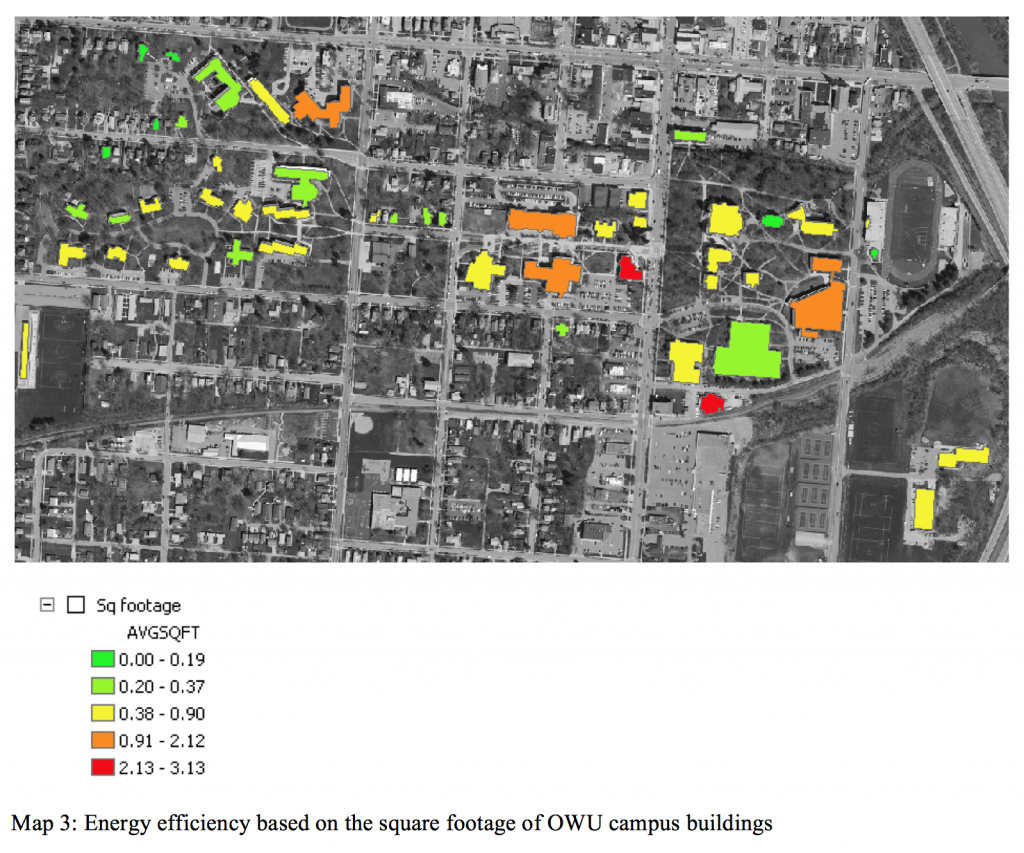One of the often unanticipated challenges of sustainability is the aesthetic. Solar or wind generated energy may be well supported in the abstract, but in practice even people with strong pro-green beliefs may object to having to see solar panels or wind turbines. Denison University is confronting this issue as they move to install a series of solar panels in the campus’s biological reserve. Neighbors, some who seem to support solar energy, don’t support it when they have to look at the panels.
An interesting question is how to anticipate and diffuse this type of aesthetic objection to green technologies. A similar issue comes into play when considering more eco-friendly practices on campus, which may interfere with the expected campus grounds aesthetic (green, weed free lawns, for example).
There have been discussions about a potential solar panel installation on City of Delaware property, south-east of OWU’s campus. The project would involve a collaboration between campus and the City of Delaware. That project is on hold for the time being, until the project becomes more financially feasible.
The full Denison story is below. Article and image reproduced from the Columbus Dispatch, Monday February 2, 2015.
By Eric Lyttle
GRANVILLE, Ohio — Denison University’s Biological Reserve is 350 acres of woods, walking paths and wildlife.
Lately, it has also become a battlefield of sorts, pitting property owners on its perimeter against the university that owns and maintains the reserve.
Gill Wright Miller enjoys sitting on her two-tiered deck and soaking in the serenity of the view. She said she bought her home eight years ago, and also built the back deck, because of the location. Many of her Welsh Hills Road neighbors bought their homes for the same reason. Their properties abut the Biological Reserve.
But since Denison announced in October that it hoped to cover about 8 reserve acres of trees and undergrowth behind Miller’s house with 5,000 or so solar panels, she and a number of her neighbors have been on a mission to stop the project.
Although she graduated from Denison in 1974 and is chairwoman of the university’s dance program, she has accused the school of moral trickery, a lack of transparency and class warfare in its effort to reduce its reliance on fossil fuel.
“I have nothing against solar power,” said Miller. “I have geothermal. My house is ecologically friendly. I’m all for reducing your carbon footprint. I just think Denison has mismanaged its commitment to the people of this community and that it’s chosen to reduce its carbon footprint at the expense of its modest neighbors.”
Granville’s Board of Zoning and Building Appeals unanimously granted Denison’s application for a permit on Jan. 8, despite protests by residents, including Miller.
Nine neighbors filed an appeal of that decision on Jan. 20. Granville’s Village Council is to hear the appeal at its meeting on either Feb. 18 or March 4.
The first time most people heard of Denison’s solar plan was in October, when the university announced its intent to work with American Electric Power Energy to install solar panels in the Biological Reserve, plus 1,000 panels to be installed near the university’s physical plant on Rt. 661.
AEP Energy would provide the panels and sell the solar-generated electricity to the university. As designed, the solar array would provide about 2 megawatts of electricity, or about 15 percent of the university’s annual electrical use. The installation would reduce the university’s reliance on fossil fuels by 8 to 10 percent.
Jeremy King, Denison’s sustainability coordinator, said it was a big step toward meeting the university’s goal of becoming carbon neutral by 2030, a goal that Denison pledged when it signed the American College and University Presidents’ Climate Commitment in 2010.
When word trickled out that the intended site was the southeastern edge of the Biological Reserve, within 100 yards of houses along Welsh Hills Road, neighbors were quick to respond.
An informational meeting with the community was held on Oct. 8, and residents peppered university officials with questions about the impact on the reserve and how it would affect their lives and property values.
“The Bio Reserve has been deemed a reserve for the community’s use for almost 50 years. The university has promoted it as such. Realtors use it as a pitch for nearby properties,” said Miller. “Then suddenly, we’re told that they’re going to mow down acres of trees and that we’ll be living next to what amounts to a power plant.”
King, who also lives on Welsh Hills Road, said the university attempted to address all of the residents’ concerns, providing research and documents and talking to anyone who asked. It promised to keep a buffer of vegetation between the panels and nearby homes.
“It’s a challenging position to put Jeremy in with his neighbors,” said Seth Patton, the university’s vice president of finance and management. “From my perspective, he’s gone above and beyond.”
Miller is unhappy that the university announced its plans without first talking to neighbors.
She said Denison could find another site or pay for more-expensive but more-efficient solar panels.
“They say they’re not saving any money on electricity with this proposal. They say it’s a financial wash,” Miller said. “But what’s the problem with Denison investing into reducing its carbon footprint to avoid cutting trees, reducing green space, diminishing the Bio Reserve and diminishing our property values?”
Miller and her neighbors based their appeal of the zoning change on their assertion that the project does not meet all of the five criteria mandated for a conditional-use permit. One of those criteria requires that the array will not diminish surrounding property values.
Zoning-board member Neil Zimmers said there is no historical evidence to suggest that a solar array has had any effect, positive or negative, on neighboring properties. Without such evidence, he and his fellow board members voted to approve.
Both sides will have the opportunity to address Granville’s village council during the appeal. Following that, the council can either affirm or reverse the zoning board’s decision. It also can send the case back to the board to reconsider, or modify the board’s decision.
Either party can then appeal the council’s decision to Licking County Common Pleas Court.
elyttle@dispatch.com
